Las Vegas cool Historical sites you need to know about!
Well, besides us, that is.
At Saturday's Cultural History Fair we picked up brochures and such with the idea of sharing some unknown gems with you. Despite what many people think (and despite the way the city is marketed), there is a lot of unique history here. If you are a regular reader here you know that helping preserve that history is not easy in a place that races to re-invent itself seemingly every five minutes.
But, we keep at it because at the end of the day, we all know that our history matters and we hope you feel that way to.
So, here are some sites and places that we would like to recommend you check out (as long as you promise to keep coming back to us!):
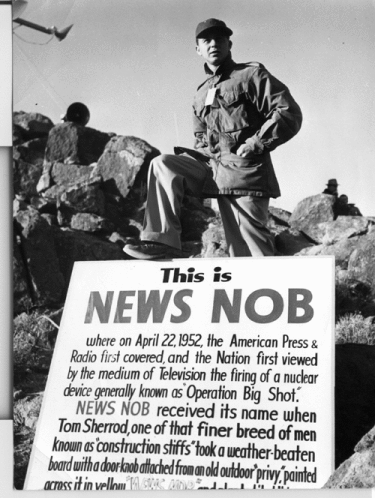
The UNLV Test Site Oral History Project:
We had the cold war right here in our own backyard and many of those atomic scientists, soldiers and residents still live here. There are very few Americans who have actually seen a real atomic explosion but if you were living here or working at the Test Site from 1951 to 1963, when above-ground testing was going on, you are one of those few Americans who have witnessed such an event.
For the rest of us, this site is a treasure trove of photos, interviews and archive of those years. Here's the description of the website:
"The Nevada Test Site Oral History Project at the University of Nevada, Las Vegas is a comprehensive program dedicated to documenting, preserving and disseminating the remembered past of persons affiliated with and affected by the Nevada Test Site during the era of Cold War nuclear testing.
From September 2003 through January 2008 a wide range of oral history narrators participated in the project including: national laboratory scientists & engineers; labor trades and support personnel; cabinet-level officials, military personnel & corporate executives; Native American tribal & spiritual leaders; peace activists and protesters; Nevada ranchers, families & communities downwind of the test site.
Interviews with more than 150 people totaling 335 hours, related transcripts, documents and photographs are housed in UNLV Lied Library's Department of Special Collections. Searchable transcripts, selected audio and video clips, scanned photographs and images are available on this website."
Sounds pretty cool, huh? We thought so, so we checked it out and it is very cool. Here's the link:
http://digital.library.unlv.edu/ntsohp/
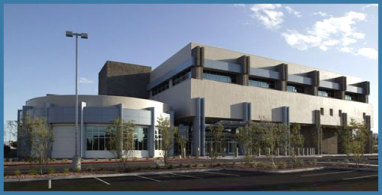
The Atomic Testing Museum:
If the UNLV project wets your whistle for more knowledge of the Test Site we recommend that the next time you are in town, stop by the Atomic Testing Museum. Here you will find a treasure trove of artifacts, equipment and maps on display. This museum is affiliated with the Smithsonian Institute. Be sure to check out the Ground Zero Theater and experience a simulated atomic test. One of our favorites was the map of all the craters on the Test Site.
From the website;
"The Atomic Testing Museum portrays world history through varied representations of the story of the Nevada Test Site and its programs.
The museum features many not seen before, first-person narratives, large iconic artifacts, environmental re-creations, theatrical devices, and interactive elements for personal exploration.
It also presents multiple viewpoints expressed in multimedia presentations and stunning graphics.
Founded in 1998 to preserve the legacy of the Nevada Test Site, the museum's parent organization, Nevada Test Site Historical Foundation was founded with a mission to document and interpret the unique history associated with 50+ years of nuclear weapons research and testing conducted at the Test Site.
The Atomic Testing Museum is located at 755 East Flamingo Rd. in Las Vegas, Nevada. The museum is only minutes from the Las Vegas strip, located just East of Paradise Road."
If you want to check them out on-line go here: http://www.atomictestingmuseum.org/
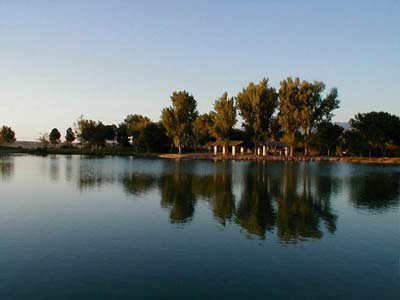
Tule Springs and Floyd Lamb Park:
This was an oasis in the Mojave Desert for miners, explorers, Indians and animals. There were five lakes that offered a glittering respite from the brutal sun. It dates back to the pre-Columbian period and archaeology digs have occurred there over the years.
In the 20th century, it was used as a dude ranch, a divorcee ranch and a private residence. There are approximately 20 buildings still remaining on the property from its days as a dude ranch.
When I was much younger, the Girl Scouts used to camp out there. Peacocks wander the property and the grounds are just beautiful.
Check out the history of the site here: Tule Springs History
For information on using the park: Floyd Lamb Park at Tule Springs
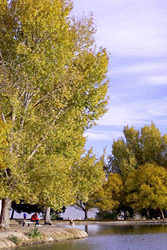
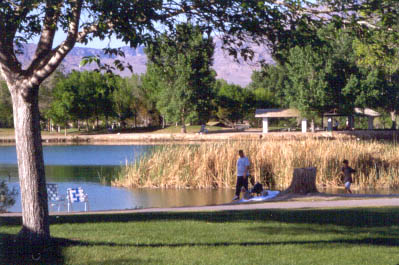
Special thanks to UNLV, Atomic Testing Museum, Don English's family and Tule Springs for letting us use their images!



Reader Comments